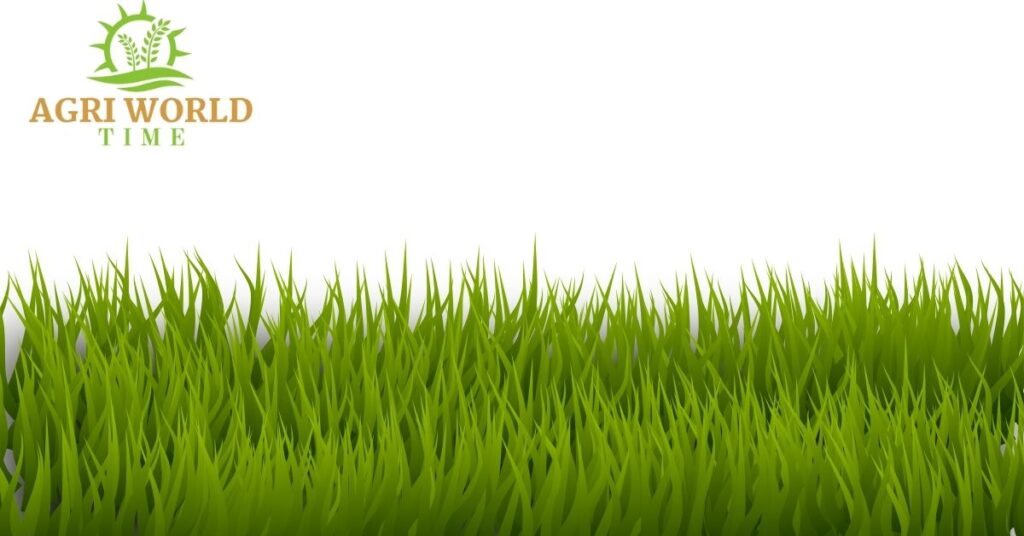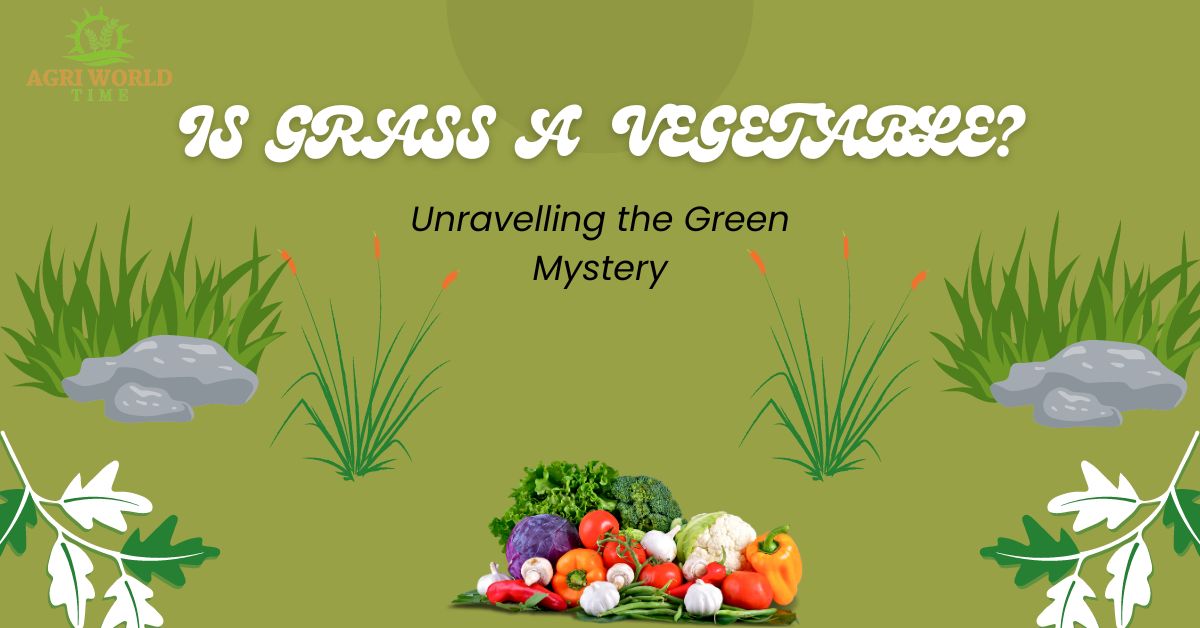When we think of vegetables, images of lush gardens, colorful produce sections in grocery stores, and plates piled high with leafy greens often come to mind. But what if I were to tell you that there’s a lingering debate about whether grass can be classified as a vegetable? It might sound absurd initially, but as we dig deeper into the subject, you’ll discover that the question is more complex than it seems. In this blog, we’ll unravel whether grass can be considered a vegetable and explore the various aspects of this botanical enigma.
The Classification Conundrum
To address whether grass can be classified as a vegetable, we must first understand the criteria that define vegetables. Vegetables are typically plant parts that are edible, nutritious, and often cultivated for human consumption. These plant parts are diverse, including roots (carrots, potatoes), stems (asparagus, celery), leaves (lettuce, spinach), and even flowers (broccoli, cauliflower). By this definition, grass meets the basic criteria since it’s a plant and can be consumed by some animals. But does it hold up to closer scrutiny?

Grass Anatomy
To determine whether grass qualifies as a vegetable, we need to delve into the anatomy of grass plants. Grasses belong to Poaceae and are characterized by their narrow leaves, hollow stems, and fibrous root systems. They reproduce via seeds; some well-known examples include wheat, rice, and corn. However, it’s important to note that these cultivated grasses differ significantly from the typical lawn grasses found in our gardens.
Nutritional Profile
One of the key factors in classifying a plant as a vegetable is its nutritional content. Vegetables are typically rich in vitamins, minerals, and dietary fiber. They provide essential nutrients that contribute to a balanced diet. When it comes to grass, though, the nutritional profile is quite different. While it contains some nutrients, such as chlorophyll and fiber, it lacks the variety and abundance of vitamins and minerals commonly found in traditional vegetables.
Edibility
The grass is indeed edible, but the palatability and digestibility of different grass species can vary widely. Many animals, including cows, sheep, and horses, graze on grass as a primary food source. However, the same can’t be said for humans. While it’s true that some cultures have historically consumed certain grasses like bamboo shoots or young wheatgrass for their nutritional value, these examples are exceptions rather than the rule. Grass is generally not a staple in the human diet due to its tough texture and limited dietary content.
Cultural Perspective
Classifying grass as a vegetable also depends on cultural and culinary traditions. In Western cuisine, grass is rarely considered a vegetable, and you won’t find it on most dinner plates. However, in some Asian cultures, certain types of grasses and shoots are used in culinary preparations. Bamboo shoots, for example, are a common ingredient in Asian dishes. This cultural divide further complicates the debate about whether grass can be a vegetable.
Legal Definitions
In some regions, legal definitions and regulations specify what can be labeled as a vegetable. These regulations often consider the common usage and culinary practices in the area. In the United States, for instance, the Tomato Suspension Agreement of 1883 declared tomatoes as vegetables for tariff purposes despite their botanical classification as fruits. While this might not directly apply to grass, it illustrates how various factors beyond botanical science can influence the type of edible plants.
Botanical Perspective
From a purely botanical standpoint, grass does not fit the conventional definition of a vegetable. Botanists classify grass as monocotyledonous, whereas vegetables typically come from various plant families. Grasses primarily serve as a food source for herbivorous animals, playing a different ecological role than the plants we commonly call vegetables.
Conclusion
In conclusion, whether grass can be considered a vegetable is nuanced and multifaceted. While grass is indeed a plant and can be consumed by certain animals and, occasionally, humans, it lacks the nutritional diversity and culinary significance that characterize traditional vegetables. From a botanical perspective, it doesn’t align with the typical characteristics of vegetables.
Ultimately, grass classification as a vegetable depends on perspective and context. While it may not be a vegetable in the traditional sense, there are exceptions in certain culinary traditions and contexts where grass is used as food. So, whether you regard grass as a vegetable or not, one thing is clear: the world of plants is full of surprises and exceptions, making it a fascinating subject of study and discussion.
FAQs
1. Can humans eat grass like other vegetables?
Humans do not commonly eat grass due to its tough and fibrous nature, making it unpalatable and difficult to digest.
2. Why do animals eat grass?
Many animals, such as cattle and sheep, consume grass as a primary food source because their digestive systems are adapted to break down its tough fibers.
3. Is grass considered a superfood?
No, grass does not possess the nutritional richness and health benefits associated with superfoods.
4. Are there any edible grasses?
Some grass varieties, like wheatgrass and barley grass, are juiced and consumed for potential health benefits. However, they are typically not considered traditional vegetables.
5. What are some common vegetables that belong to the grass family?
Common vegetables that belong to the grass family (Poaceae) include corn, wheat, and rice. These are cultivated for their grains rather than their leaves or stems.

